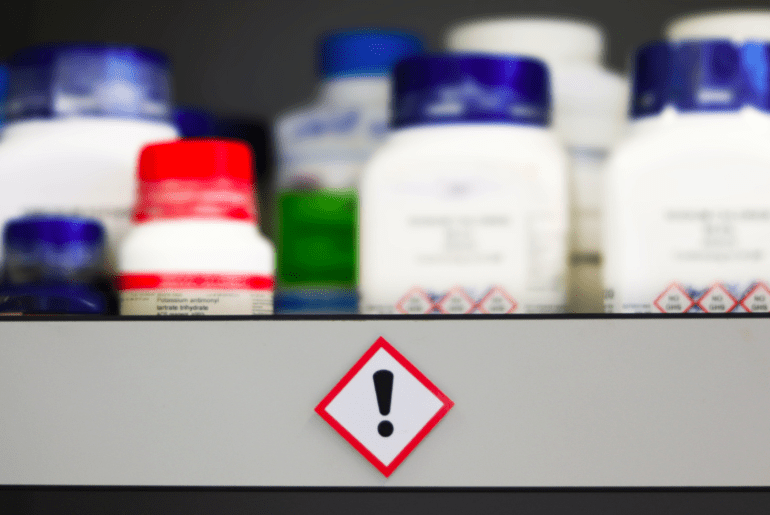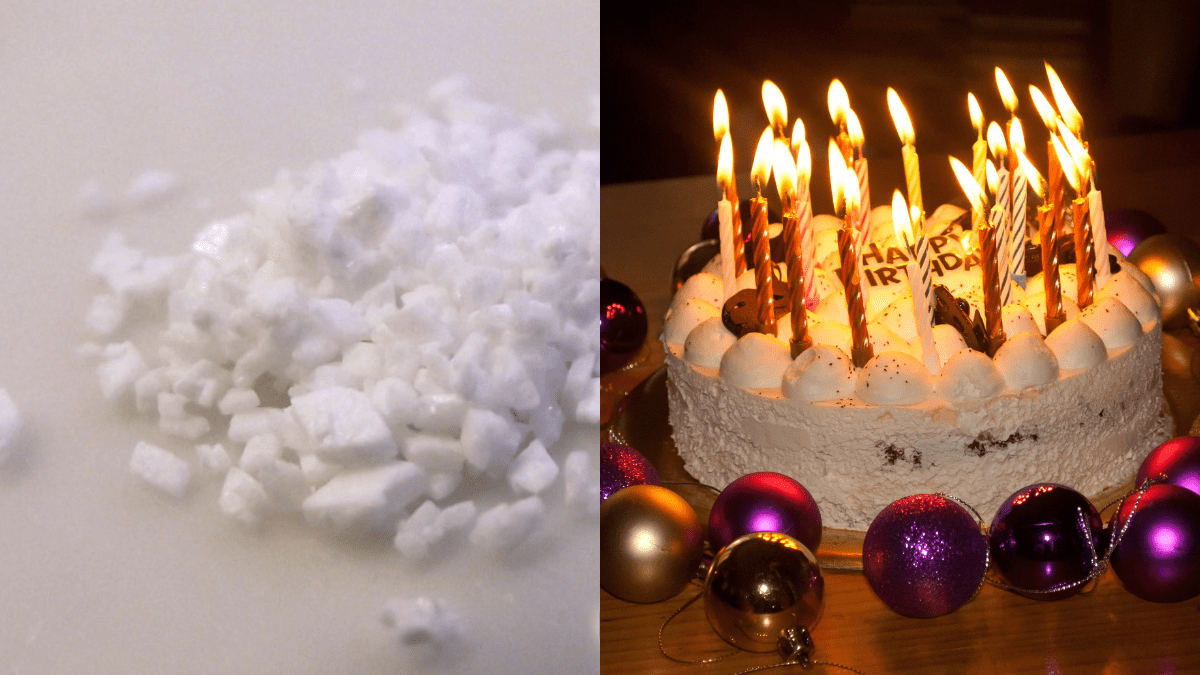A recent incident in Patiala, Punjab, has cast a dark shadow over birthday celebrations. A 10-year-old girl tragically lost her life after consuming a cake ordered online from a local bakery. While initial reports suspected food poisoning, further investigations revealed a disturbing truth – the cake contained dangerously high levels of saccharin, a synthetic sweetener.
Tragedy Strikes Birthday Celebration

Health officials confirmed the presence of excessive saccharin in cake samples collected from the bakery. Saccharin, a synthetic sweetener, though approved for use in India in limited quantities, can cause stomach upset and other health problems if consumed in high doses. The exact cause of the girl’s death is still under investigation, but the presence of a banned substance in such large amounts raises serious concerns about food safety regulations in India.
This incident exposes a larger issue – the rampant use of harmful synthetic additives in Indian food products. Many banned or restricted chemicals find their way into everyday consumables, posing a significant health risk to the public.
Also Read: 4 Ways To Remove Chemicals From Artificially Ripened Mangoes
A Cocktail Of Harmful Chemicals

Banned or restricted chemicals like Sudan Red, a carcinogenic dye found in spices, Formaldehyde, a preservative used illegally to preserve fish and meat, and Potassium Bromate, used in some bakeries despite potential cancer links, pose a significant health risk to consumers.
The lax enforcement of food safety regulations and the easy availability of these harmful additives create a dangerous situation for consumers. While cost-cutting measures might be a factor for some food vendors, the potential health consequences are severe.
However, the challenge goes beyond regulations. Educating food vendors about the long-term consequences of using these additives and promoting the use of safer alternatives are also essential steps. Building a culture of food safety requires a multi-pronged approach to safeguard public health.
Also Read: Beware Of Grape Adulteration; Here’s How You Can Remove Chemicals Before Eating
The girl’s death serves as a stark reminder of the need for stricter regulations and better enforcement in the Indian food industry. Increased vigilance through regular inspections and harsher penalties, public awareness campaigns to empower consumers, and improved infrastructure for food testing are crucial steps. This incident is a wake-up call. Prioritizing food safety is essential to ensure celebrations don’t become tragedies.
Cover Image Courtesy: Wikimedia Commons, Canva
For more such snackable content, interesting discoveries and the latest updates on food, travel and experiences in your city, download the Curly Tales App. Download HERE. First Published: April 23, 2024 4:29 PM




